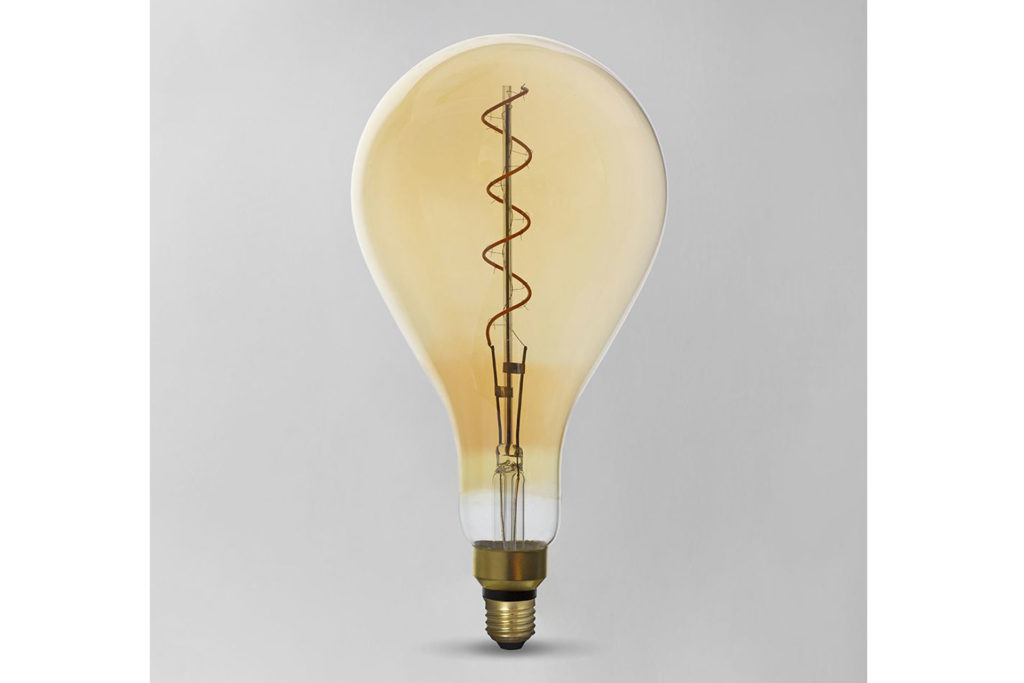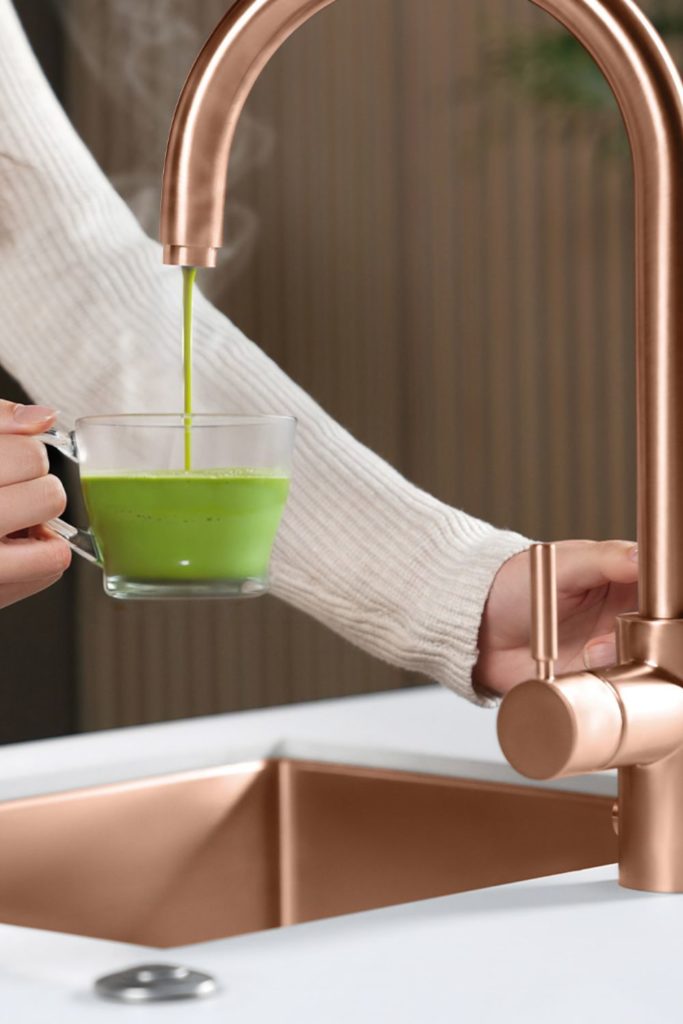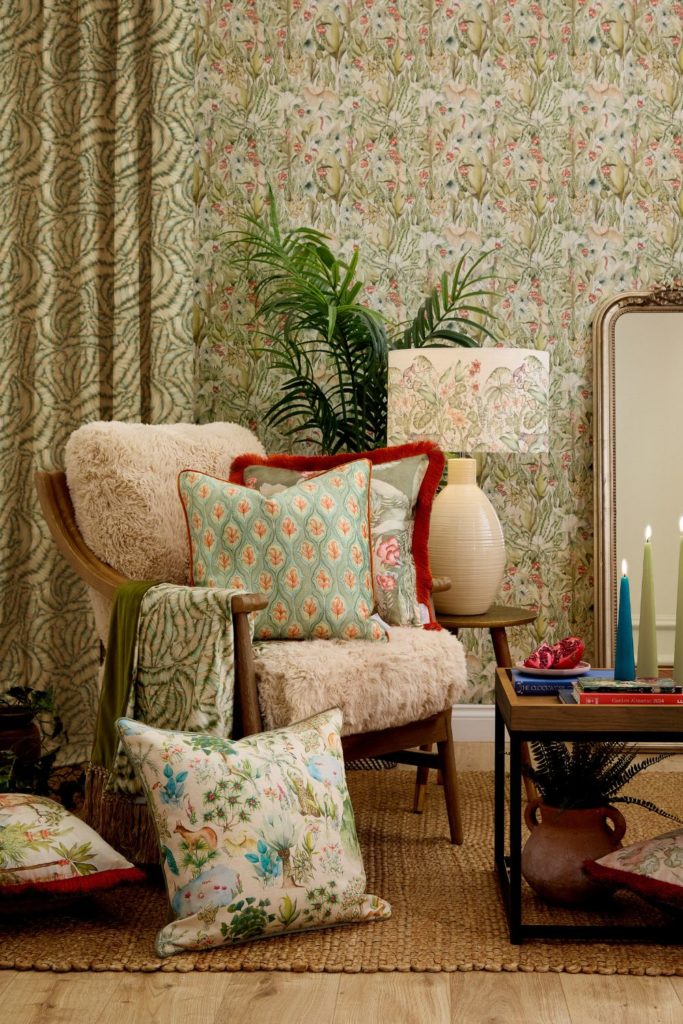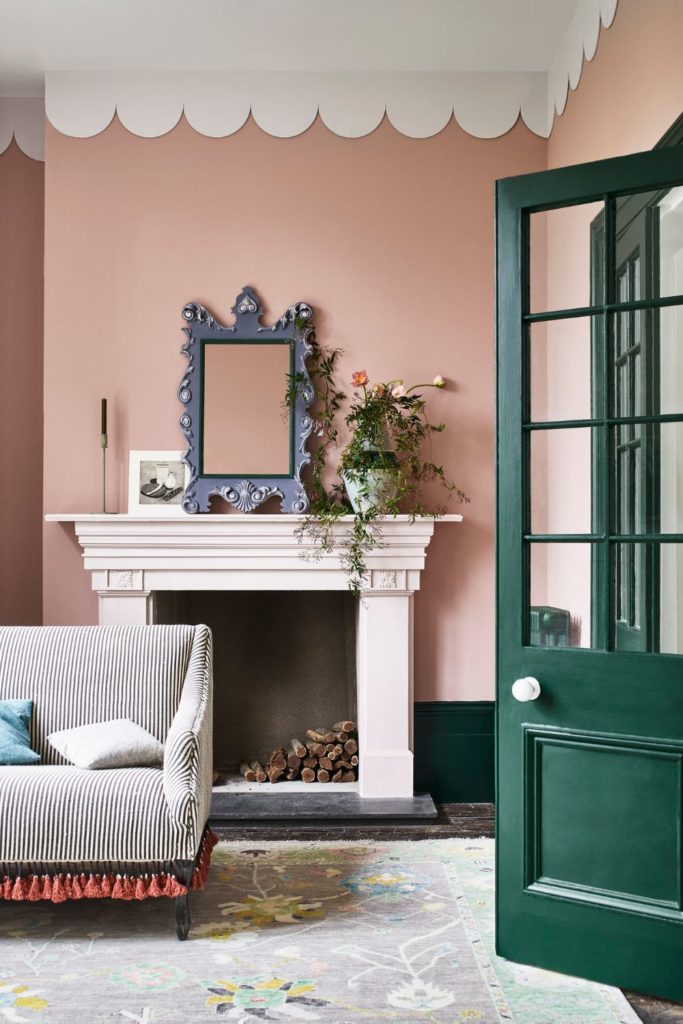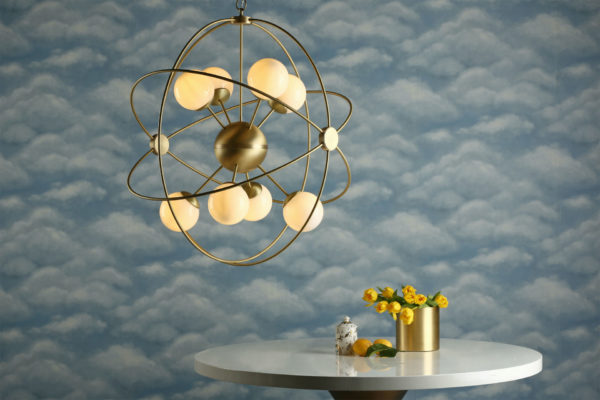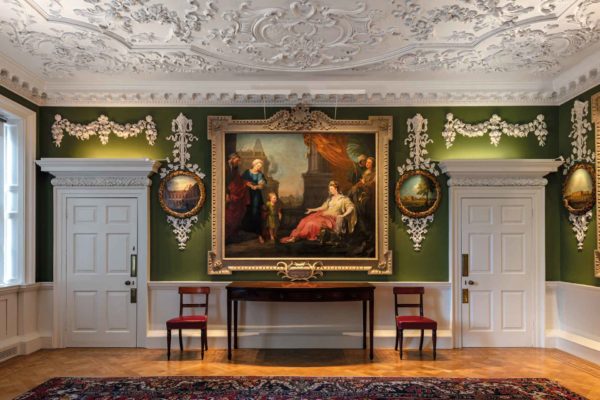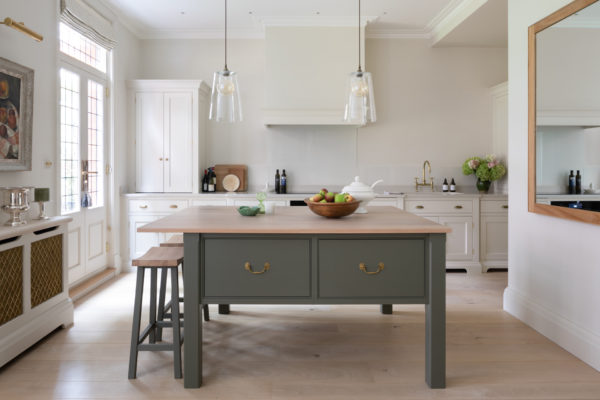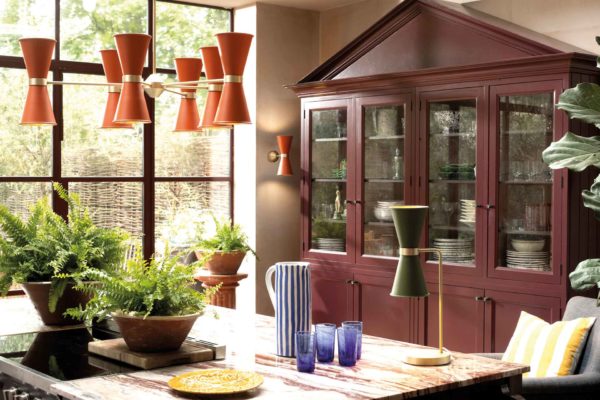Bright Bulbs: The Best Decorative Lightbulbs
By
2 years ago
Soho Lighting's Lee Lovett sheds light on why the bulb you choose matters

Soho Lighting are no stranger to producing timeless looks via a light fixture. But what about bulbs – does the bulb you choose really matter? And can it be a statement design piece in itself? Their co-founder, Lee Lovett, advises us and we shine a light on our favourite decorative lightbulbs.
Shades get an awful lot of fanfare – and big statement light fittings often capture our imagination, becoming the focus of much intricate design work. But without throwing shade to shades (and making mean statements about statement light fittings), the ultimate hero in a room’s lighting is the simple lightbulb. After all, it’s the powerhouse behind your room’s illumination. And when left bare, we think that it can make a very interesting design choice.
To shed some light on this topic (and to spark our imaginations), we ask Lee Lovett, co-founder of Soho Lighting, to tell us what’s current in lightbulbs.
A Spotlight On… Lightbulbs: What Should You Look For In A Decorative Lightbulb?
Do bulbs really matter?
‘The humble bulb is so often overlooked!’ says Lee, ‘But it delivers huge impact when it comes to interiors – both in a practical and aesthetic sense.’
So what should we consider when picking a bulb for rooms in our home?
‘First it’s important to decide on the ambience and “look” you are setting out to achieve, and then you need to consider the practical use of the space you are lighting.’
‘Aesthetically, if your bulbs are on show, you’ll need to consider the period of your room and how the light fitting plays into this. For example, a traditional lantern might look elegant housing simple LED candle bulbs. However, a more contemporary fitting offers the opportunity to make a statement with beautifully twisted LED filament bulbs, in a variety of shapes. Beautiful statement bulbs can look sensational hung freely without a shade!’
And does the colour of the bulb matter?
‘The ambience of the room can hugely be influenced with colour temperatures. Measured in degrees Kelvin (K), the higher the Kelvin level the cooler and bluer the light. And then there are Orangey period tones at under 200k, plus my personal favourite, warm white at 2,700-300k. Finally, you’ve got uber-ice cool temperature at 4,500+.’
What about the rooms the bulbs sit in?
‘You absolutely need to consider the practical use of your space. Rooms such as kitchens, bathrooms, and studies require clear visibility, and it is here that the Colour Render Index (CRI) of your bulb plays a critical role. CRI is the degree to which artificial light represents natural day light, with 100 CRI level being equivalent to natural daylight. With the average bulb in the UK coming in at a low 82 CRI level, aim to source bulbs with a high 95-97 CRI rating in these spaces. High CRI is also reported to have positive impacts on mental health and well-being.’

